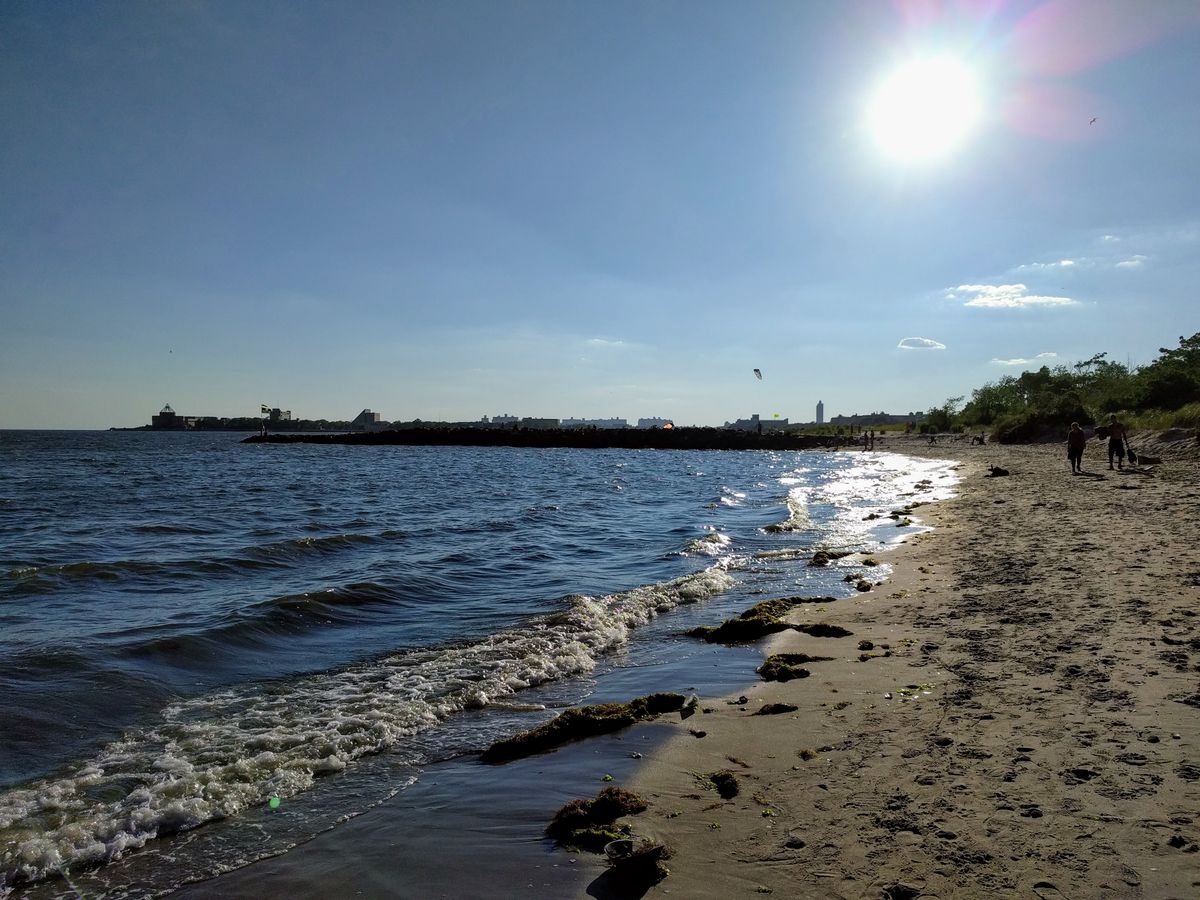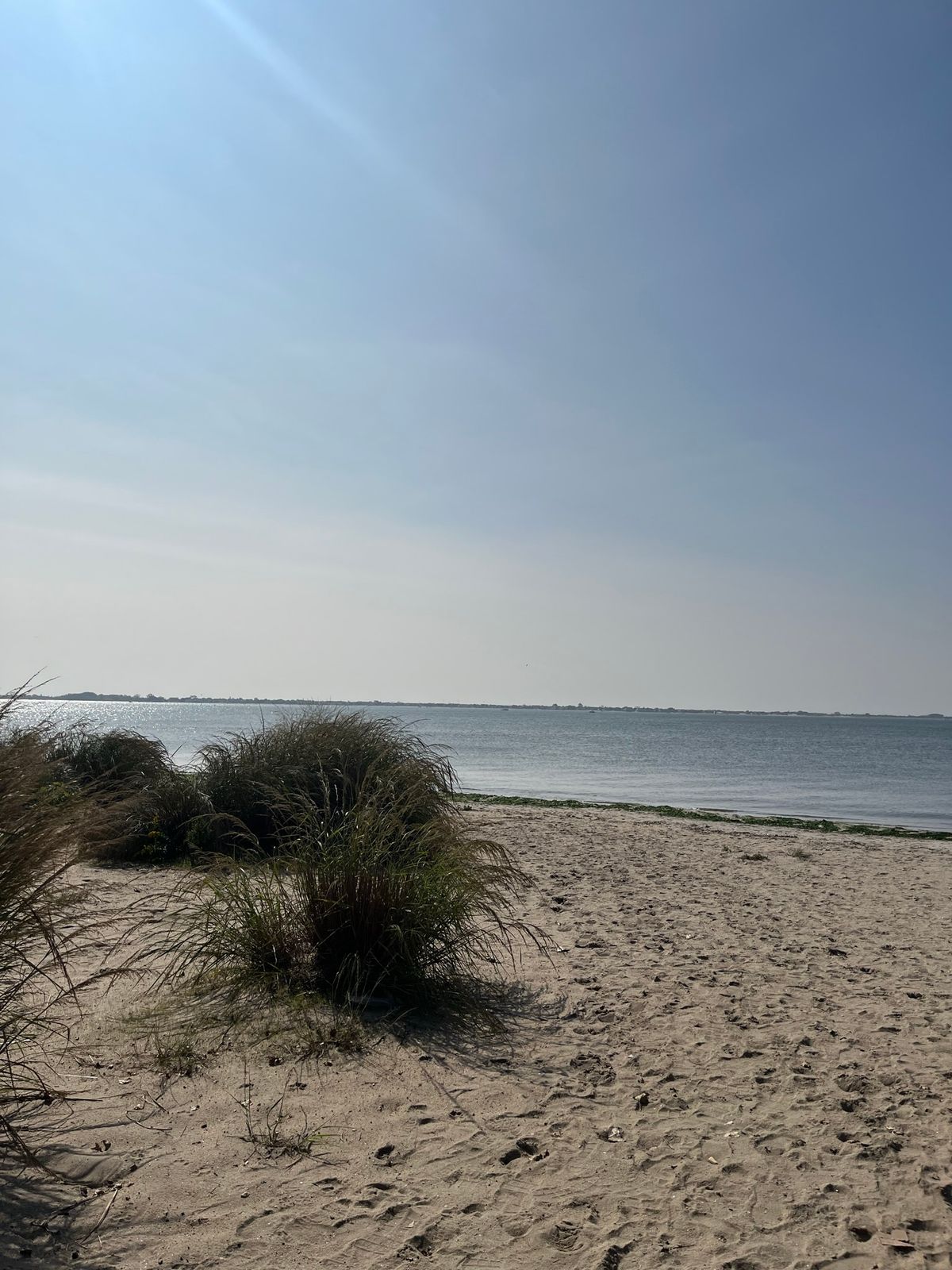About
Brooklyn is famous for the trifecta of beaches at its southern end: Coney Island, Brighton Beach, and Manhattan Beach. However, just a little further east is a secluded area run by the National Park Service that offers access to the same waters and view, but without the crowds.
The area is known as Plum Island, probably because of the plums that once grew on this collection of mudflats and saltmarsh. The island was a popular stopping point for sailors, and the army wanted to build a battery at the location only to be thwarted by the quicksand-like terrain. The area instead became home to a large community of squatters.
Alongside these squatters was Winfield Overton, who leased the land from the army in 1908 and turned it into his own private territory, even going so far as to host boxing matches, an activity that was illegal in New York at the time. He was kicked out and replaced with Frank Dotzler, who also abused his position as unofficial mayor.
The area was eventually turned over to the city as parkland and the squatters were driven out by an infamous 1938 hurricane known as the "Long Island Express." Even if they managed to withstand that destruction, the construction of the Belt Parkway between 1934 and 1940 connected the island to the mainland, but also cut off the new peninsula from the rest of the borough.
The land came under the management of the National Park Service in 1972. Every spring, Plumb Beach becomes a well-known breeding ground for horseshoe crabs in May and June.
Related Tags
Know Before You Go
Plumb Beach can be reached via car by traveling east on the Belt Parkway, between exits 9 and 11. The Jamaica Bay Greenway passes right through it as well, so those traveling by bike or on foot can get there by entering the greenway at Emmons Avenue and Brigham Street in Sheepshead Bay.
Published
February 10, 2022








































